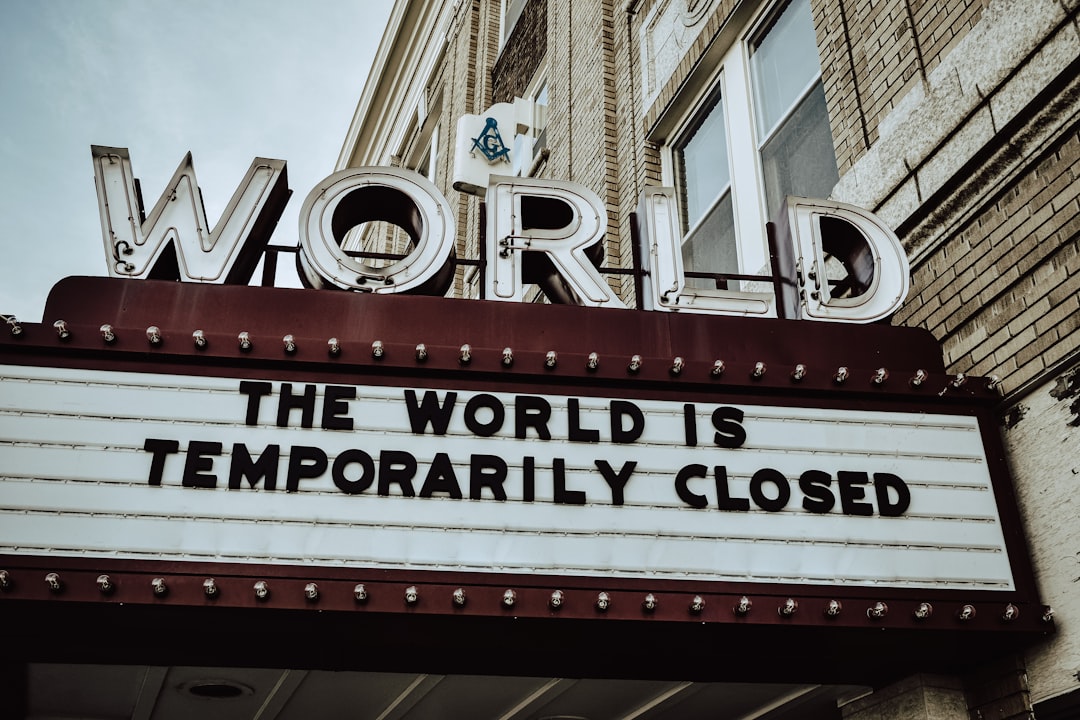
Navigating Economic Recovery Post-Pandemic: Strategies and Trends
# Introduction. The COVID-19 pandemic has left an indelible mark on the global economy, leading to unprecedented challenges and disruptions. As countries begin to emerge from lockdowns and restrictions, the focus has shifted towards economic recovery. This post delves into the various strategies that nations and businesses are employing to rebuild and stimulate their economies in a post-pandemic world. # Understanding the Full Impact of the Pandemic. Before exploring recovery strategies, it's vital to grasp the full economic impact of the pandemic. The International Monetary Fund (IMF) has reported significant declines in global GDP, with sectors such as hospitality, travel, and retail experiencing the brunt of losses. Millions of jobs were lost, and businesses shuttered, particularly among small enterprises, which lacked the cushions to absorb prolonged closures. Moreover, long-term effects include disrupted supply chains, changes in consumer behavior, and increased mental health issues among the workforce. The harsh reality is that recovery will not be a linear process but rather a multitude of efforts aimed at regaining stability and enhancing resilience against future crises. # Government Policies and Economic Stimulus. Nations have taken varied approaches to stimulate growth. For instance, the US Government introduced a series of stimulus packages to bolster consumer spending and provide support to small businesses. The Paycheck Protection Program (PPP) was particularly crucial, granting forgivable loans to help retain workforce levels. In Europe, financial assistance has come in the form of grants and loans via programs like the EU Recovery Fund, which aims to invest in greener economies and digital transitions. Policymakers are increasingly recognizing that recovery efforts should not just focus on bouncing back but on building better economic foundations that are sustainable in the long run. # The Rise of Digital Transformation. One of the most compelling trends spurred by the pandemic is the acceleration of digital transformation. Businesses were forced to pivot online, embracing e-commerce, remote working, and digital marketing strategies. This shift has opened new avenues for revenue generation and consumer engagement. Companies that were already tech-savvy, such as those in technology and digital services, have thrived, while traditional industries are now adopting new technologies at an unprecedented rate. This digitalization has resulted in newfound efficiencies and has changed the nature of work, giving rise to the hybrid workplace model that combines remote and in-office work experiences. # Sustainability in Economic Plans. As the world moves toward recovery, a key focus is sustainability—integrating environmental responsibility within economic plans. The pandemic underscored vulnerabilities in supply chains and the economy's dependence on fossil fuels. Therefore, economic recovery efforts are increasingly aligning with climate goals. Countries are investing in green technologies, sustainable agriculture, and renewable energy projects to create jobs while addressing climate change. This shift not only mitigates future risks but also positions economies to meet the demands of a more conscious consumer base that prioritizes sustainability. # Supporting Mental Health and Workforce Resilience. The pandemic has taken a toll on mental health, resulting in a workforce that may not be at its full capacity due to anxiety and burnout. Economic recovery must pay equal attention to the well-being of the workforce. Many organizations have started implementing mental health programs, offering support services and flexible working options. By fostering a more supportive workplace, businesses can enhance productivity and retention rates, ultimately aiding in the road to recovery. The conversation on mental health in the workplace is gaining momentum, emphasizing its importance in building resilient workplaces post-pandemic. # Conclusion. As we continue to navigate the post-pandemic landscape, it is crucial to recognize the challenges and opportunities that lie ahead. Economic recovery is not merely a return to previous conditions but a chance to rethink and reshape our economies for greater resilience. By embracing innovative strategies, sustainability, and a focus on workforce well-being, nations can set the stage for a stronger future. The journey may be complex, but the goal remains clear: build a world that is prepared for whatever comes next. .








